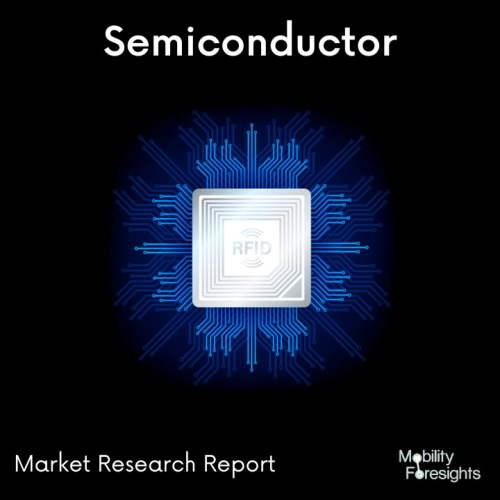
- Get in Touch with Us

Last Updated: Apr 26, 2025 | Study Period: 2023-2030
A cutting-edge exhaust after treatment system to reduce NOx is the Selective Catalytic Reduction (SCR) system. By raising the combustion temperature, the engine limits the production of PM to within the allowable range.
The ammonia is pumped into the catalyst chamber using an ammonia injection grid, and the SCR unit is typically situated between the furnace economizer and the air heater.
The operating temperature is crucial in SCR applications as well. SCRs are mostly utilised in equipment where high power, sometimes at high voltage, needs to be controlled.
The SCR is suitable for use in medium to high-voltage AC power management applications, such as lamp dimming, regulators, and motor control, due to its ability to switch huge currents on and off.

The Global SCR Sensor market accounted for $XX Billion in 2022 and is anticipated to reach $XX Billion by 2030, registering a CAGR of XX% from 2023 to 2030.
For SCR systems, Delphi has released an ammonia sensor. The first ammonia sensor in the world was unveiled by Delphi Corporation for use in automobile selective catalytic reduction (SCR) systems.
The sensor enables better urea injection and lower ammonia emissions by monitoring tailpipe ammonia directly. In order to comply with upcoming emissions rules in both the light and heavy duty diesel markets, control of urea injection is becoming more and more important.
This is because SCR systems must offer growing NOx reduction efficiency. Before the SCR catalyst, a vehicle's SCR system injects urea solution into the exhaust stream as an ammonia precursor.
Ammonia and NOx combine over the catalyst to form nitrogen and water as a result of the reaction. "Ammonia slip," also referred to as unreacted ammonia, is released with the exhaust gases.
The urea dose is determined by the engine control unit based on the engine speed and load utilising predictive algorithms, such as a look-up table, in today's SCR systems, which use an open loop control.
Future systems will need to adopt closed loop control, which calls for a post-catalyst sensor to detect NOx, ammonia, or both gases, in order to manage urea dose more precisely.
The cross-sensitivity of the current NOx sensors to ammonia has been one of the problems. Regarding if its new ammonia sensor is also sensitive to NOx, Delphi made no comments.
| Sl no | Topic |
| 1 | Market Segmentation |
| 2 | Scope of the report |
| 3 | Abbreviations |
| 4 | Research Methodology |
| 5 | Executive Summary |
| 6 | Introduction |
| 7 | Insights from Industry stakeholders |
| 8 | Cost breakdown of Product by sub-components and average profit margin |
| 9 | Disruptive innovation in the Industry |
| 10 | Technology trends in the Industry |
| 11 | Consumer trends in the industry |
| 12 | Recent Production Milestones |
| 13 | Component Manufacturing in US, EU and China |
| 14 | COVID-19 impact on overall market |
| 15 | COVID-19 impact on Production of components |
| 16 | COVID-19 impact on Point of sale |
| 17 | Market Segmentation, Dynamics and Forecast by Geography, 2023-2030 |
| 18 | Market Segmentation, Dynamics and Forecast by Product Type, 2023-2030 |
| 19 | Market Segmentation, Dynamics and Forecast by Application, 2023-2030 |
| 20 | Market Segmentation, Dynamics and Forecast by End use, 2023-2030 |
| 21 | Product installation rate by OEM, 2023 |
| 22 | Incline/Decline in Average B-2-B selling price in past 5 years |
| 23 | Competition from substitute products |
| 24 | Gross margin and average profitability of suppliers |
| 25 | New product development in past 12 months |
| 26 | M&A in past 12 months |
| 27 | Growth strategy of leading players |
| 28 | Market share of vendors, 2023 |
| 29 | Company Profiles |
| 30 | Unmet needs and opportunity for new suppliers |
| 31 | Conclusion |
| 32 | Appendix |